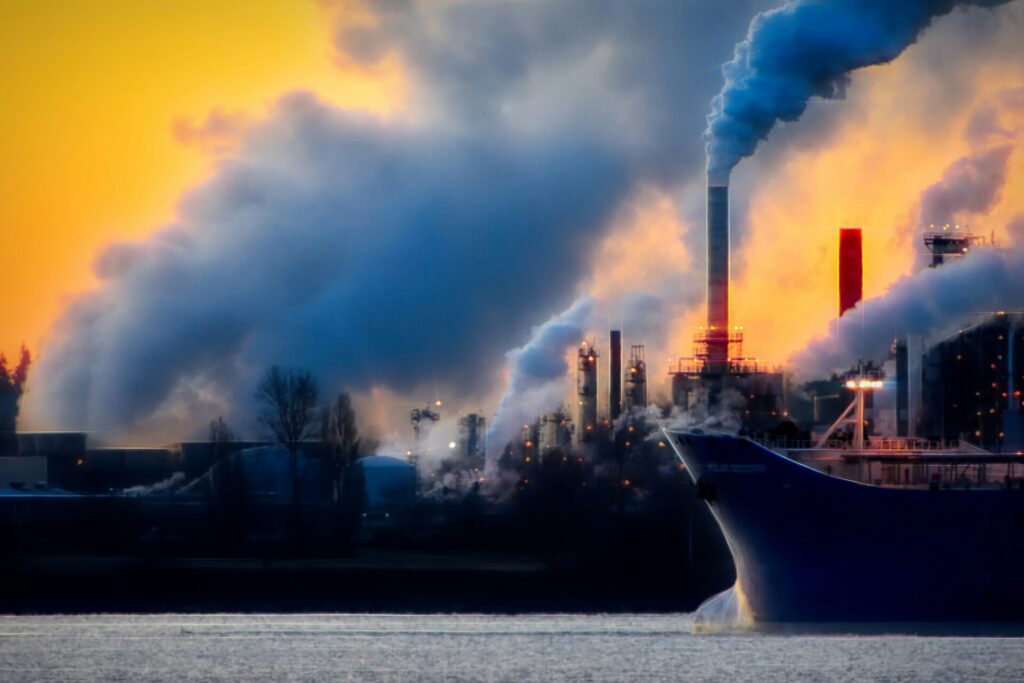Toxic Waters: The Hidden Health Risks of Industrial Chemical Contamination
By Finlay Gilkinson – 04/04/2025
In the grand tapestry of modern civilization, industrialization has been both our golden thread and our fraying edge. While it brought us technological wonders, faster production, and economic expansion, it also quietly introduced a silent epidemic: chemical contamination of our water supplies. Beneath the surface of our lakes, rivers, and even household taps, a dangerous cocktail of industrial chemicals threatens not just environmental integrity, but human health at its core.

The Invisible Threat: What’s in Our Water?
Industrial processes—from textile manufacturing to electronics, agriculture to fossil fuel refinement—generate tons of waste chemicals. Often, these substances find their way into water bodies through leaching, runoff, spills, or poor waste management. Some of the most notorious classes of contaminants include:
Many of these substances are odourless, tasteless, and invisible to the naked eye. But their effects are anything but.
From Contamination to Condition: The Human Toll
Decades of research and epidemiological tracking have linked chemical-laced water to a wide spectrum of health issues, many of which develop insidiously over time:
1. Endocrine Disruption
Chemicals like PFAS and certain pesticides can mimic or interfere with hormone function, leading to reproductive issues, thyroid problems, metabolic disorders, and developmental abnormalities in children. Even at low doses, endocrine disruptors can cause long-term harm due to the body’s sensitivity to hormonal signalling.
2. Cancer Risk
Industrial chemicals such as trichloroethylene, benzene, and arsenic are classified as carcinogens by agencies like the International Agency for Research on Cancer (IARC). Long-term exposure—especially in vulnerable populations—has been tied to increased rates of bladder, liver, kidney, and breast cancers.
3. Neurological and Cognitive Damage
Heavy metals like lead and mercury are particularly dangerous to the developing brains of children, causing lower IQ, behavioural problems, and learning disabilities. In adults, exposure has been linked to neurodegenerative disorders such as Alzheimer’s and Parkinson’s.
4. Immune System Suppression
PFAS exposure has been shown to weaken immune response, reducing vaccine effectiveness and increasing susceptibility to infections. Some studies indicate elevated autoimmune disorders in communities with long-term chemical exposure.
5. Kidney and Liver Damage
These organs serve as the body’s natural filtration system. Many industrial solvents, metals, and synthetic compounds build up in the kidneys and liver, leading to chronic diseases, fibrosis, and, in extreme cases, failure.
High-Risk Communities: Who Suffers the Most?
While anyone can be affected, the brunt of this crisis is borne by low-income, rural, and minority communities, often living downstream or adjacent to industrial sites. Their voices are rarely heard in regulatory processes, and access to clean water alternatives or testing resources is limited.
In Flint, Michigan, for example, thousands were exposed to lead-contaminated water in a crisis that unfolded not from accident, but from neglect and systemic failure. Similar patterns are found globally, from textile towns in India to e-waste sites in Africa.
Regulation vs. Reality
The Safe Drinking Water Act (SDWA) in the U.S. and similar policies worldwide aim to protect public water, but they lag behind scientific evidence. Many chemicals detected in drinking water are not regulated, and existing standards often don’t reflect modern toxicological understanding—particularly regarding chronic low-dose exposure and chemical synergies (where multiple toxins amplify each other’s effects).
Worse, industrial lobbying continues to shape lenient regulations and delay the banning of known harmful substances.
Solutions: A Fight for Transparency and Innovation
Solving this crisis requires a multi-pronged approach that combines policy, innovation, and public pressure:
Conclusion: From Passive Exposure to Proactive Defence
The presence of chemical contamination in our Water Supplies is not just an environmental issue—it is a slow-moving public health crisis that disproportionately affects the voiceless. Yet, history shows that when science, public awareness, and grassroots movements align, even the largest industries can be held accountable.
Ready to find the perfect job?
Our team of experts work with an extensive network of employers. Submit your CV to ensure you’re a part of our network of talented candidates and we’ll make you aware of opportunities before they are even posted.
